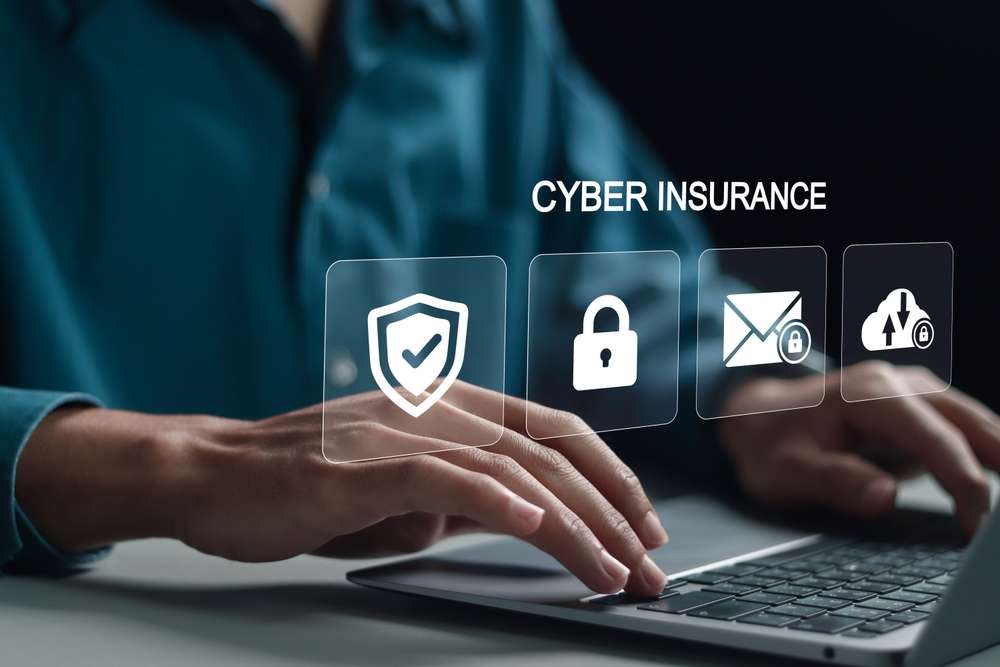The best way to ensure your business is secure and protected from cyber criminals is through a Cybersecurity Risk Assessment, or CSRA. A CSRA is the process of identifying areas within a business that are most vulnerable to cyber threats. A comprehensive CSRA incorporates all areas of business ranging from devices to servers and even to employee knowledge.
Estimated read time: 4 minutes

A Roadmap to Security
Businesses are frequent targets for cyberattacks and bad actors trying to hack into their systems. This is why it is important for companies of all sizes to regularly take proactive measures to secure their networks. One best practice is for businesses to work with a certified technology partner to complete a Cybersecurity Risk Assessment (CSRA).
A comprehensive CSRA will identify current and potential vulnerabilities and organize those threats based on their likelihood of occurrence as well as their potential impact. The results are delivered in a report categorizing threats in a risk matrix as critical, high, medium and low risk. Understanding the vulnerabilities in your network and the risks your business faces can help you prioritize your decision-making in addressing the issues. Ideally, CSRAs should be completed once every three years.
Items that are of critical importance to your business and have a high likelihood of happening would be flagged as the highest risk and in most urgent need for risk mitigation. An example of this could be a vulnerability or risk to customer Personally Identifiable Information (PII) such as a credit card number saved in your network from previous transactions.
A lower risk threat might be the detection of the lack of 2-factor authentication. While this isn’t critical, it is a potential hazard. A worthy CSRA would recommend you put this into place for an added layer of protection.
Once all vulnerabilities are identified, work with a certified technology partner to help correct and mitigate these risks going forward. Additionally, your tech partner should develop a plan to proactively monitor for any potential threats down the road.
The Importance of a Remediation Plan
Following the Cybersecurity Risk Assessment and threat monitoring, you need to establish a remediation plan. A remediation plan consists of steps to take upon identifying a problem. Ultimately, this plan aims to help you make strategic decisions for long-term improvement.
The U.S. Cybersecurity & Infrastructure Security Agency (CISA) recommends that you remediate any critical vulnerabilities within 15 calendar days of detection. These actions can be things that you as a business owner or technology manager address, while in other circumstances, your managed service provider can resolve them for you.
Once the vulnerabilities have been addressed and the maintenance plan is in place, you need to have tools in place to receive regular updates on your security. These tools provide you with insight to understand any potential vulnerabilities in advance before they become bigger problems. Having a plan in place allows for nimbleness and quick adjustments, both of which are extremely important in a crisis.
Hire an MSP to do the Work
Your biggest task will be selecting the right Managed Service Provider (MSP) to perform this work on your behalf. CISA shares this useful resource which includes the top 4 recommended actions that should be taken by your service provider to protect your business against cyber threats:
- Ensure your vulnerability scanning service is scanning ALL internet-accessible IP addresses.
- Notify the scanning service provider of any changes to your organization’s internet-accessible IPs.
- Ensure the scanning service provides weekly scanning results.
- Coordinate with the system owners to remediate vulnerabilities.
Hamilton can check all the boxes on this list and more. Throughout the process, Hamilton will help you evaluate the CSRA results, and together we will create a roadmap for fixing issues it has identified. One of the advantages of working with us is that we stay on top of the industry-recommended cybersecurity protocols thanks to ongoing education. Our trained experts can also assist with adjusting your plan as needed, because we know that things change. We will even remind you when it is time for another CSRA.
Because cybersecurity is an ongoing effort, we proactively monitor risks via behind-the-scenes system scanning and produce reports showing those results. We will find, fix and simultaneously inform you of the outcomes on a regular basis. And while the industry standard for a comprehensive CSRA is three years, other elements of cybersecurity proactiveness may be required more frequently depending on material changes, such as the retirement of an employee or bringing on a new third-party vendor. Let us know about these types of events, and we will be there to guide you through the transitions.
As such, we offer annual proactive solutions such as a Network Penetration Test (PEN test), phishing tests, social engineering scans, as well as employee training sessions. Involving your team of employees in the process of securing your organization can significantly reduce threats.
We invite you to contact us when you’re ready to start your Cybersecurity Risk Assessment and begin protecting your business to the best of your ability.
Not ready to make a call? Take a look at this blog, “Does Your Business Need a Cybersecurity Risk Assessment?” for more information on why cybersecurity services are so critical to your organization’s success.
Learn more about securing your business!
Fill out the form below and one of our expert team members will be in contact with you very soon!
Feel free to call us directly at 308-381-1000.
Discover more about Hamilton Business Technologies here!






